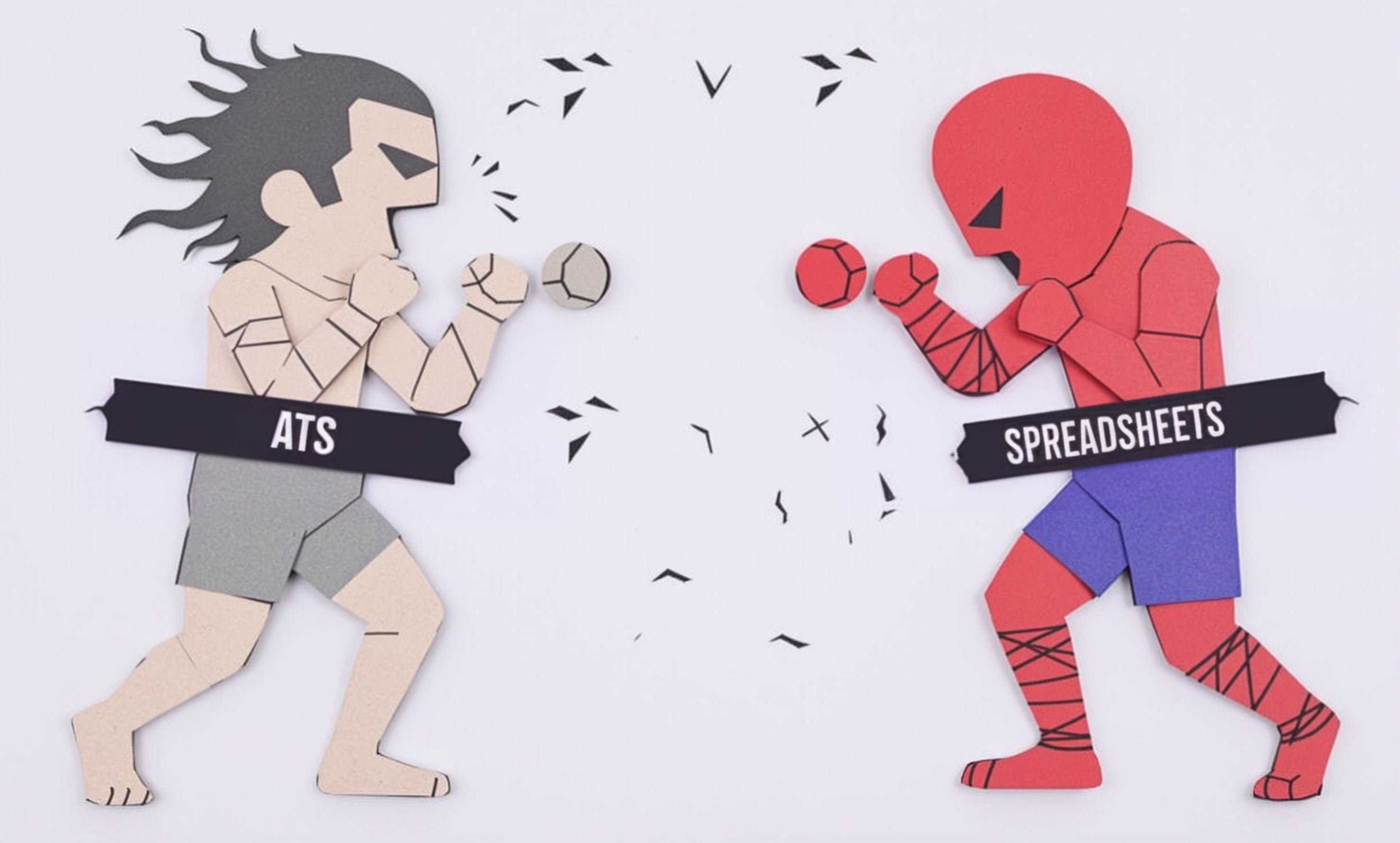
Serpentine Belt
A Serpentine Belt is an important car part that helps run multiple systems in a vehicle's engine. Think of it like a single long belt that connects and powers several crucial parts like the alternator (which charges the battery), air conditioning, power steering, and water pump. It's called "serpentine" because it winds around different pulleys in a snake-like pattern. Auto mechanics often need to inspect, maintain, and replace these belts as they can wear out over time. When job descriptions mention serpentine belts, they're usually looking for someone who can diagnose belt problems, replace them correctly, and understand how they affect other engine components.
Examples in Resumes
Performed routine maintenance including Serpentine Belt replacements on various vehicle makes and models
Diagnosed and repaired Serpentine Belt and pulley system failures
Led training sessions on proper Serpentine Belt installation and maintenance procedures
Typical job title: "Auto Mechanics"
Also try searching for:
Where to Find Auto Mechanics
Professional Organizations
Online Communities
Job Resources
Example Interview Questions
Senior Level Questions
Q: How do you diagnose unusual noises or problems related to a serpentine belt system?
Expected Answer: A senior mechanic should explain the process of checking belt tension, inspecting pulleys for alignment, checking for wear patterns, and understanding how different sounds (squealing, chirping, etc.) indicate specific problems.
Q: How would you train a junior mechanic on proper serpentine belt replacement?
Expected Answer: Should demonstrate teaching ability by explaining the importance of using belt routing diagrams, proper tension measurement, and checking related components like tensioners and pulleys.
Mid Level Questions
Q: What are the signs that a serpentine belt needs replacement?
Expected Answer: Should mention visible cracks, missing ribs, glazing, proper measurement of wear using belt wear gauges, and understanding manufacturer recommendations for replacement intervals.
Q: How do you ensure proper belt tension after replacement?
Expected Answer: Should explain using tension gauges, automatic tensioner operation, and the importance of proper tension for belt longevity and system operation.
Junior Level Questions
Q: What systems typically run off the serpentine belt?
Expected Answer: Should be able to list main components like alternator, power steering pump, air conditioning compressor, and water pump.
Q: How do you use a belt routing diagram?
Expected Answer: Should explain how to find and follow the diagram under the hood or in service manuals, and why proper routing is important for belt function.
Experience Level Indicators
Junior (0-2 years)
- Basic belt inspection and replacement
- Understanding of belt routing diagrams
- Basic tool usage and safety procedures
- Simple diagnostics of belt wear
Mid (2-5 years)
- Advanced belt system diagnostics
- Complete pulley system inspection
- Timing belt replacement
- Understanding of manufacturer specifications
Senior (5+ years)
- Complex diagnostic troubleshooting
- Training and supervision of other mechanics
- Advanced knowledge of all drive systems
- Expert level repair documentation
Red Flags to Watch For
- Unable to read or understand belt routing diagrams
- Lack of knowledge about proper belt tension
- No experience with belt wear inspection
- Unfamiliarity with basic engine components
Need more hiring wisdom? Check these out...

Workforce Solutions Aggregators: The Next Big Thing You Didn't Know You Needed

Cutting HR Costs Without Sacrificing Quality: A How-To for Savvy Executives

Succession Planning: Your Company's Future-Proof Strategy

